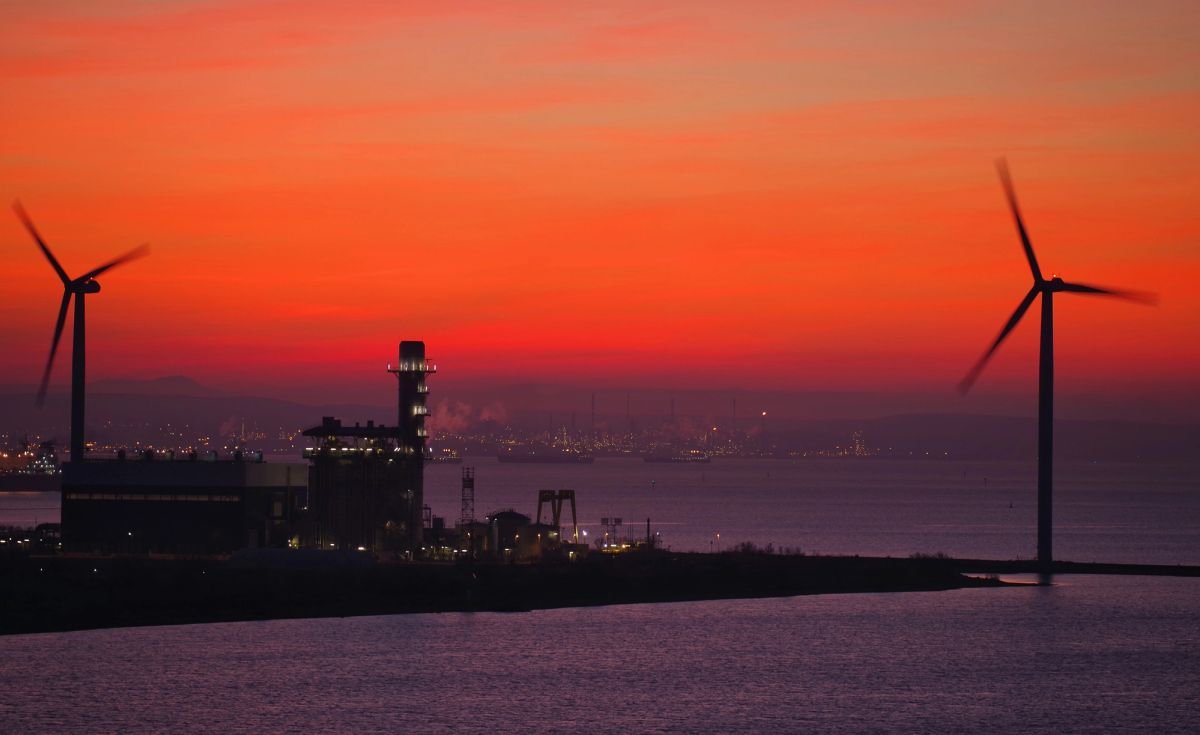Overview
Companies face increasing scrutiny, as the World Economic Forum revealed that manufacturing and production sectors consume 54% of the world’s energy and are responsible for 20% of global carbon emissions.
This means companies are under growing pressure to cut emissions and commit to reduction targets. The same research found that 80% of survey participants said their companies plan to transition to “carbon neutral” or “ net zero ” operations.
If that’s the case for your organisation, and you’ve set emissions targets, you’ll need a defined strategy to help you make the changes required to support your sustainability efforts. That’s what carbon management is all about.
What is carbon management?
Carbon management is an organised, practical approach companies take to measure, track, and reduce their CO2 emissions. It’s a broad term that covers many different tactics, including:
- Improving energy efficiency
- Adopting low-carbon fuel alternatives
- Performing product life cycle analysis
- Certifying renewable energy usage
- Carbon capture and storage
- Carbon offsetting
A carbon management plan allows organisations to reap the financial, reputational, and operational benefits that come with reducing their emissions. It helps companies progress toward their emissions targets and reduce the use of fossil fuels in their production, manufacturing, and operational processes.
Carbon management is increasingly important because emissions reporting is now mandatory for many UK and EU businesses. Governments and global bodies now want to see companies making progress in emissions reduction, which means you need a way to track and manage them in the first place.
How to measure your carbon emissions
There are a couple of different ways to measure your carbon emissions. Calculating your carbon footprint is often needed to report on your emissions, but if you want a deeper understanding or a more holistic view, you could also perform a lifestyle analysis of your products. Let’s look at each option in more detail.
Calculate your carbon footprint
Your company’s carbon footprint is a measurement of your organisational activities over a given period of time — typically 12 months. It involves calculating your carbon emissions to get a full picture of your company’s overall impact. This includes:
- Scope 1 emissions: These are direct emissions from sources your organisation owns or controls directly, such as fuel for your vehicles.
- Scope 2 emissions: These are indirect emissions from the energy your organisation purchases and uses — for example, electricity to power your buildings or factories.
- Scope 3 emissions: These are emissions your organisation is indirectly responsible for, up and down its supply chain. This could include things like supplier emissions from sourcing raw materials or distributor emissions when shipping your products to stores.
Calculating your carbon emissions is essential for complying with reporting requirements, but it can be tricky to get right. Measuring your scope 1 and 2 emissions is easiest, as you can track those within your organisation.
But calculating your scope 3 emissions is more challenging because you don’t control or necessarily have access to that data. Even worse, scope 3 emissions typically comprise the bulk of a company’s greenhouse gas emissions (GHG) — according to Deloitte, they can account for more than 70% of total emissions in some industries. Greenhouse Gas Protocol has put together detailed guidance for calculating your scope 3 or supply chain emissions . As a first step, start by speaking to your biggest suppliers and ask them to share key activity data with you, such as energy consumption, water usage, transportation, and shipping. You can use that data to estimate their scope 1 and 2 emissions, and what proportion of those emissions are related to your organisation’s activities.
Once you’ve calculated your scope 1, 2, and 3 emissions, you’ll have a figure for your company’s overall carbon footprint. This can be the baseline for your carbon reduction efforts going forward.
Perform a lifecycle analysis for your products or services
A lifecycle analysis is an assessment of your organisation’s carbon dioxide emissions, plus other environmental impacts, that occur across the useful life of your product or service — from manufacturing to disposal. To perform a lifecycle analysis for your products, map out their full life from start to end. This should include:
- How the raw materials are mined, produced, or sourced
- The manufacturing process
- How the finished product is transported or distributed
- Any further emissions during its usable life — for example, from replacement or additional part
- How the product is recycled, repurposed, or disposed of at the end of its life
Then, calculate the relevant GHG emissions at each product lifecycle stage. This gives you a different lens through which to view your company’s carbon emissions. From a carbon management perspective, you could now look for opportunities to reduce emissions at different stages of your products’ life.
3 tips for improving carbon management in your organisation
Measuring your carbon emissions is the first part of the carbon management process. Then you need to identify ways to reduce those emissions over time. Here are several reduction strategies to help you make changes at an operational level — which have the added benefit of delivering cost savings too.
1. Use renewable energy
The use of renewable energy helps to reduce your scope 2 emissions by providing low-carbon options for your energy usage. It involves moving away from fossil fuels and choosing energy from renewable sources such as solar, wind, hydropower, or geothermal power. For example, CoolPlanet worked with Hibernia Steel to install an array of rooftop solar panels which can meet 40% of their energy needs each year. That’s a significant proportion of their energy now coming from renewable sources. This one change has reduced their carbon emissions by 50 tonnes per year — and saves them €10,000 on their energy bills annually. If you want to switch to renewable energy, you don’t have to do it all at once. For example, you could start by changing your office heating and lighting to renewable suppliers or switching from petrol or diesel company vehicles to electric ones.
2. Optimise systems to be more energy efficient
Another way to reduce your carbon emissions — particularly your scope 2 emissions — is to cut down on the energy you use in the first place. One way to do this is to analyse your systems to identify where energy is wasted, or other operational inefficiencies and redundancies. Then, you can make changes to reduce those inefficiencies without affecting system functionality. For example, you could replace outdated systems with modern, energy-efficient alternatives, or adopt smart technologies in your manufacturing processes. The CoolPlanet team worked with a major manufacturer of corrugated packaging in Australia and New Zealand to optimise several of its systems, including its energy management, lighting control, and steam systems, to become more energy efficient. CoolPlanet’s changes helped them realise savings of $167,000 in annual energy costs and cut their carbon emissions by 800 tonnes.
3. Adapt your heating and cooling systems
Heating and cooling your facilities, and within your production process, contribute a lot to your CO2 emissions. But there are several ways to adapt these systems to reduce your energy consumption and, in turn, your emissions:
- Moving away from boilers and heating systems that run on fossil fuels
- Identifying waste heat in your systems and looking for opportunities to reduce or reuse it
- Behavioural changes, such as changing when or how you heat and cool your office facilities
We worked with a refrigeration plant to understand what was driving the power consumption in their production process, and its specific heating and cooling needs. Then we identified optimisations and operational changes to help adapt their existing systems so they would work more efficiently. This enabled the plant to reduce its energy consumption by 17% by reducing overcooling and adapting to ambient conditions.
Get expert support for your carbon management
Carbon management is essential for companies looking to hit their emissions targets. While you can go it alone, for best results you’ll need a complete roadmap and decarbonisation strategy to determine the most impactful changes or adaptations for your facilities. Working with a decarbonisation partner like CoolPlanet can help streamline your carbon management efforts and deliver outsized results — as we saw with the examples in this article. Learn more about how we can help support your carbon management initiatives by speaking with our team today.





